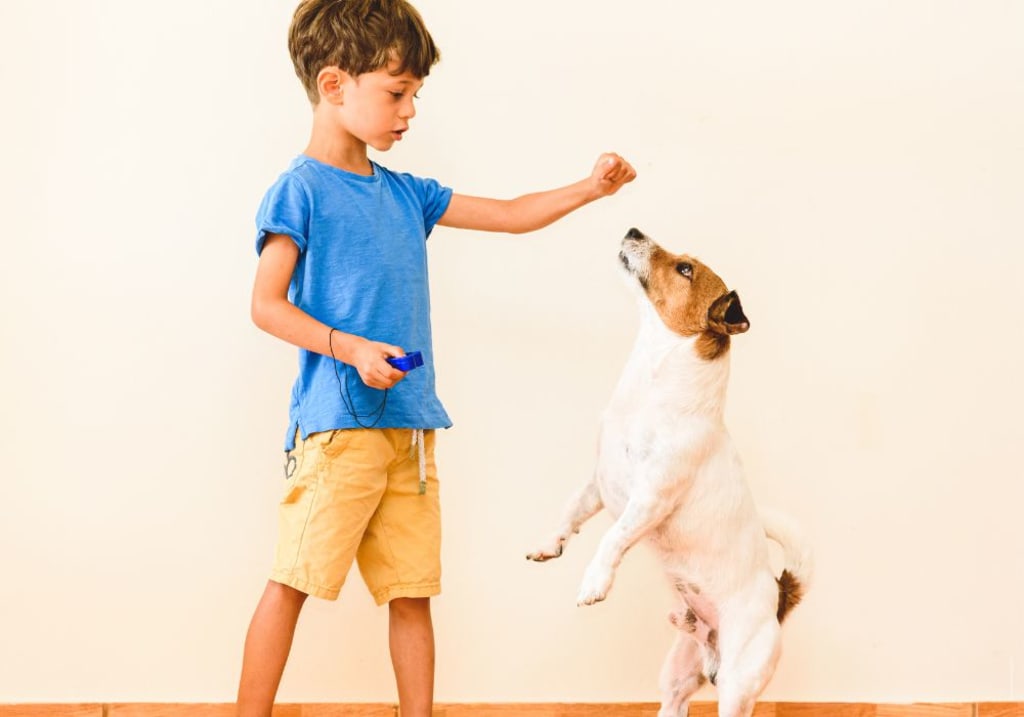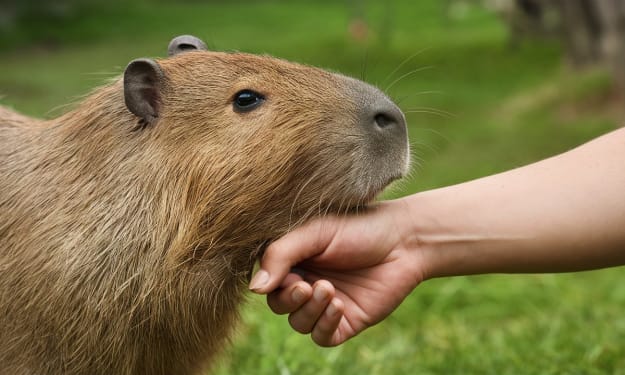Positive Reinforcement Training for Dogs
Understanding the Benefits

Positive reinforcement training has become increasingly popular among dog owners and trainers due to its effectiveness, humane approach, and numerous benefits for both dogs and their owners. This training method focuses on rewarding desirable behaviors with something the dog enjoys, such as treats, toys, or praise, to encourage the repetition of those behaviors.
The Science Behind Positive Reinforcement Training
Positive reinforcement training is based on the principles of operant conditioning, a type of learning where an individual (in this case, a dog) associates their behavior with its consequences. Dogs tend to repeat behaviors that lead to pleasant consequences and avoid behaviors that result in unpleasant consequences.
In positive reinforcement training, the trainer rewards the dog immediately after they exhibit the desired behavior, creating a strong association between the behavior and the reward. This approach is highly effective because it focuses on what the dog should do rather than what they shouldn't do.
Benefits of Positive Reinforcement Training
- Builds a Stronger Relationship with Your Dog
Positive reinforcement training helps build trust, respect, and understanding between you and your dog. By rewarding good behavior and ignoring or redirecting bad behavior, you create a positive bond with your furry friend.
- Creates a Positive Learning Environment
Positive reinforcement training focuses on rewarding desirable behavior, which creates a positive learning environment for your dog. This approach encourages your dog to associate good behavior with positive outcomes, making it easier for them to learn and retain new behaviors.
- Increases Your Dog's Confidence
Positive reinforcement training techniques build your dog's confidence by encouraging them to think and problem-solve. When your dog learns a new behavior and receives positive feedback, it boosts their self-esteem and makes them more confident in their abilities.
- Reduces the Risk of Aggression and Fear-Based Behavior
Punishment-based training methods can lead to aggressive or fear-based behavior in dogs. Positive reinforcement training techniques do the opposite, as they reward good behavior instead of punishing bad behavior. This approach reduces the risk of aggression and fear-based behavior in dogs.
- Improves Socialization Skills
Socialization is crucial for dogs, especially in their early years. Positive reinforcement training helps your dog develop good socialization skills by encouraging them to interact with other dogs and people in a positive and non-threatening way.
- Teaches Your Dog to Pay Attention to You
Positive reinforcement training helps your dog learn to pay attention to you and your commands. By rewarding good behavior and ignoring bad behavior, your dog learns to focus on you and your commands, making it easier to train them in the long run.
- Provides Mental Stimulation
Training your dog with positive reinforcement provides mental stimulation, which is essential for your dog's overall well-being. It encourages your dog to think, problem-solve, and use their brain in a positive and constructive way.
- Makes Your Dog More Sociable
Dogs trained with positive reinforcement techniques tend to be more sociable and friendlier. They learn to associate good behavior with positive outcomes, making them more likely to engage in positive and friendly behavior with other dogs and people.
- Enhances the Bond Between You and Your Dog
Positive reinforcement training helps to enhance the bond between you and your dog. When you reward your dog for good behavior, it creates a positive association between you and your dog, making them more likely to trust and respect you.
- Provides a Humane and Stress-Free Training Method
Positive reinforcement training is a humane and stress-free training method that is proven to be effective. It focuses on rewarding good behavior and ignoring bad behavior, which creates a positive and stress-free training experience for your dog.
How to Implement Positive Reinforcement Training
To implement positive reinforcement training effectively, follow these steps:
- Choose a reward that your dog really enjoys, such as treats, toys, or praise.
- Start training in a quiet environment with minimal distractions, gradually increasing the difficulty as your dog progresses.
- Use a marker word or sound (like "yes" or a clicker) to mark the exact moment your dog exhibits the desired behavior, followed immediately by the reward.
- Be consistent with your training and reward your dog every time they perform the desired behavior, gradually increasing the criteria for the reward as they learn.
- Avoid punishing your dog for undesirable behaviors, instead focus on rewarding good behavior and redirecting bad behavior.
- Make training sessions fun and engaging for your dog, keeping them short and ending on a positive note.
Conclusion
Positive reinforcement training is a highly effective and humane approach to training dogs that focuses on rewarding desirable behaviors to encourage their repetition. By implementing positive reinforcement training, you can build a stronger relationship with your dog, create a positive learning environment, increase their confidence, and provide mental stimulation.
Remember, positive reinforcement training is not a one-size-fits-all solution, and it may not work for every dog. If you encounter challenges or your dog's behavior worsens, it's essential to consult with a professional dog trainer or behaviorist who can assess your dog's individual needs and develop a customized training plan.
About the Creator
Hasan
Welcome...
In this site of mine you can learn amazing things and many information that you don't know so please subscribe to my site.
Enjoyed the story? Support the Creator.
Subscribe for free to receive all their stories in your feed. You could also pledge your support or give them a one-off tip, letting them know you appreciate their work.






Comments
There are no comments for this story
Be the first to respond and start the conversation.